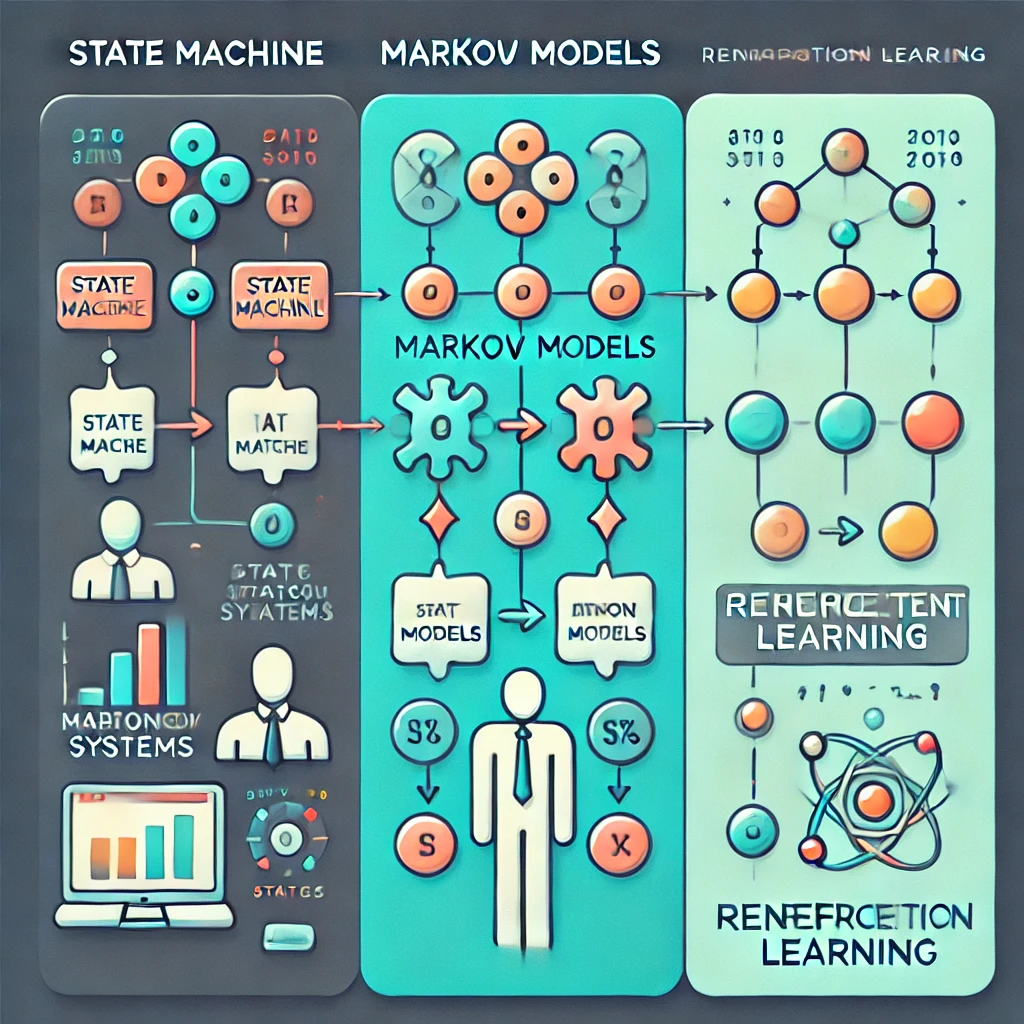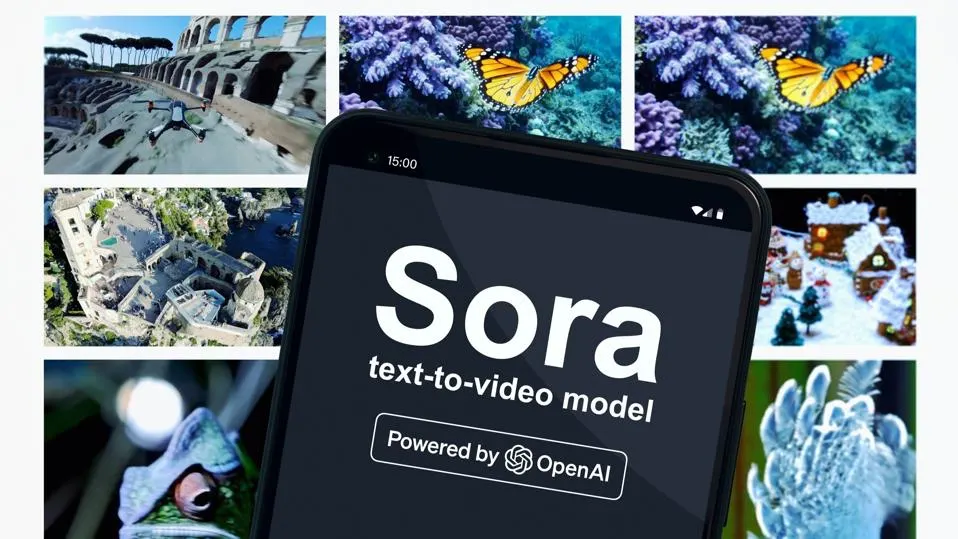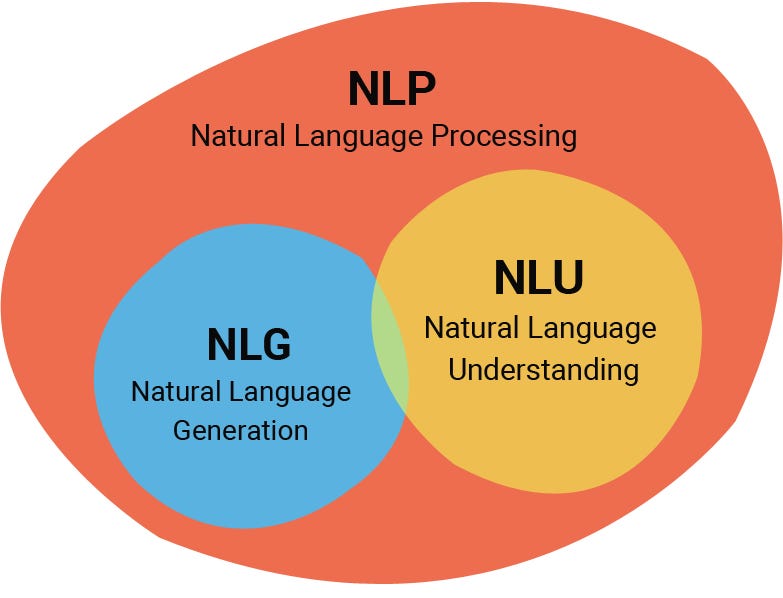Artificial General Intelligence (AGI) refers to a highly autonomous system capable of performing any intellectual task a human can do, across a broad range of domains, with adaptability and general problem-solving skills. While we are not yet at AGI, its potential applications are broad and transformative:
AGI Use Cases:
- Autonomous Systems: AGI could enable truly autonomous machines that learn and adapt in real time across various tasks, including self-driving cars, drones, or robots for construction and healthcare.
- Healthcare: It could revolutionize diagnostics, medical research, drug discovery, and personalized treatment by fully understanding complex biological systems.
- Research & Innovation: AGI could accelerate scientific discovery by simulating complex systems, suggesting hypotheses, and conducting experiments autonomously.
- Robotics: AGI in robots would allow for greater adaptability in environments like disaster relief, space exploration, or caregiving.
- Education: Intelligent tutoring systems driven by AGI could provide personalized education, adapting to individual learning styles in real time.
- Creative Industries: AGI could generate art, music, and media, collaborating creatively with humans or independently producing innovative works.
Tesla’s Optimus and Its Relation to AGI
Tesla’s Optimus (also known as the Tesla Bot) is a humanoid robot designed to take over mundane, repetitive, or dangerous tasks in both industrial and consumer settings. While Optimus is currently powered by Tesla’s AI, which specializes in specific tasks like autonomous driving, its development hints at a future where robots could be augmented with AGI capabilities.
How Optimus and AGI are Related:
- Learning and Adaptability: While current AI systems are limited to narrow tasks, integrating AGI into robots like Optimus would allow for greater flexibility and adaptability in new environments and tasks, beyond what is pre-programmed.
- Autonomous Decision-Making: Tesla’s vision is for Optimus to become more autonomous, making decisions with minimal human input. AGI could take this further by enabling the robot to solve complex, unforeseen problems in real-time, learning on the fly.
- Human-Robot Collaboration: AGI would allow robots like Optimus to work more closely with humans, understanding language, context, and emotional cues better, making interactions smoother and more intuitive.
- Scalability: AGI could help robots like Optimus to handle diverse, unscripted tasks in various industries—from manufacturing to elder care—making them useful across many sectors rather than niche applications.
While Tesla’s Optimus is currently a step toward functional and practical robotics, AGI would be key in turning it into a versatile, human-like assistant capable of learning, adapting, and making independent decisions across a wide range of situations.












Comments are closed.